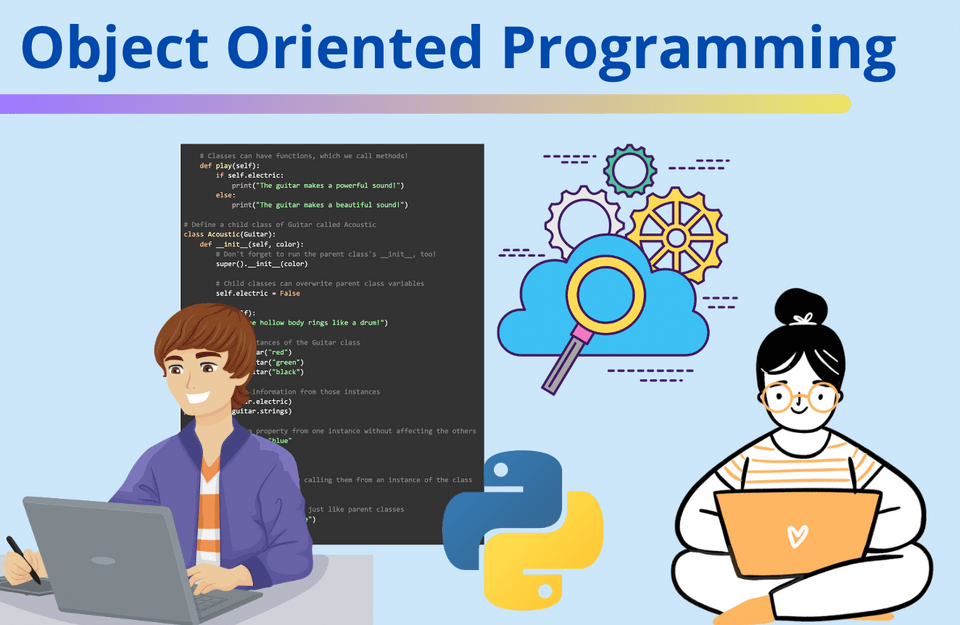Everything You Need to Know About Inheritance in OOP Programming

There are different legacy models accessible, each with its own specific benefits and impediments—however, the entire fall into two significant classifications: Single Inheritance and Multi-Level Inheritance. We should investigate these in more detail…
Inheritance
In Object Oriented Programming, inheritance is an approach to reusing code from parent classes by broadening kid classes. As such, by making new classes that expand existing ones. If a class extends another class, we say it acquires every one of its credits and techniques. This framework considers exceptionally exact customization since just code that should be changed should be adjusted. The interaction by which a class gets or summons acquired code is called calling or conjuring super().
You can utilize inheritance to make particular items with explicit qualities. For instance, if you have a canine item, you can create specific canines like German Shepherd Dog, Dalmatian, or Poodle. It’s simpler than programming every quality of each kind of canine independently. A canine is, as yet, a canine; however, each has various attributes and capacities. Inheritance likewise permits us to reuse code since we don’t need to compose everything without any preparation like clockwork. All things being equal, we expand on top of what was at that point made.
Polymorphism
In layman’s terms, polymorphism is one connection point between different capabilities. In legacy terms, a subclass can be utilized reciprocally with its superclass. Polymorphism is fundamental for any program that arranges with objects. Yet it’s critical to comprehend how it functions regardless of whether you’re not composing object-situated code. If two things resemble the other and act the same, they ought to be dealt with the same — regardless of their genuine kind. For instance, if one design has every one of the properties essential for a superclass and another has the greater part of them, it shouldn’t make any difference which one we use; both ought to work. By permitting classes to expand others without losing usefulness, polymorphism keeps our projects as adaptable as conceivable while likewise making them more straightforward to peruse and keep up with.
This property is called open/shut standard or Liskov replacement rule. It says your class should act like an open framework: new components are permitted to join, yet old components aren’t permitted to leave. Like that, your frameworks stay extensible as a matter of course. Likewise, while utilizing polymorphism, remember that occasionally more than one technique might match a message send (i.e., there might be vagueness). The answer for such issues lies in appropriately determining your connection points so you can stay away from such circumstances as much as could reasonably be expected.
Abstract Classes
An abstract class is like a point of interaction; it can have individuals. It can’t be started up (however, it might have conceptual strategies that subclasses can abrogate). As it were, consider a theoretical class an agreement between the entirety of its relatives. All classes obtained from an abstract class should give executions to their theoretical strategies and properties. Abstract classes aren’t exceptionally normal since they add additional intricacy to your codebase, and a few circumstances can be reproduced with interfaces alone. Be that as it may, their power comes when you use them along with polymorphism.




